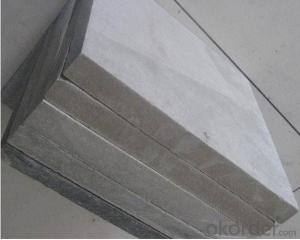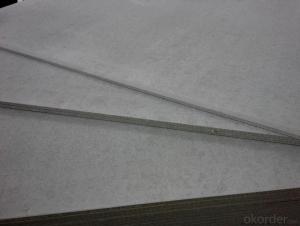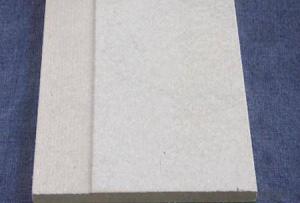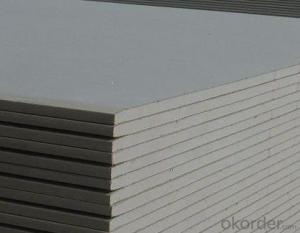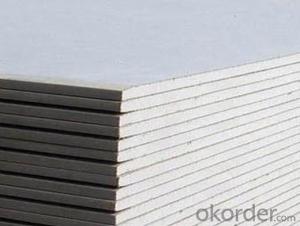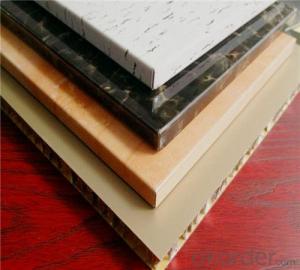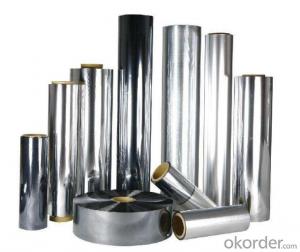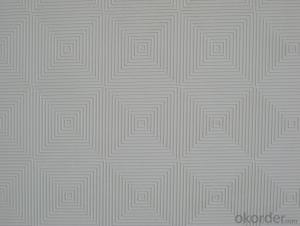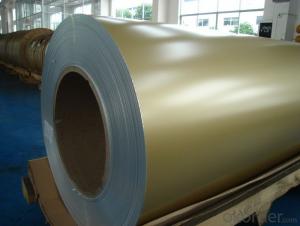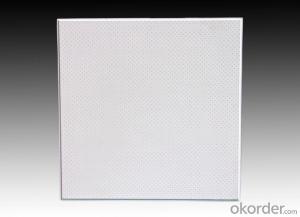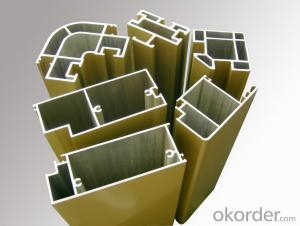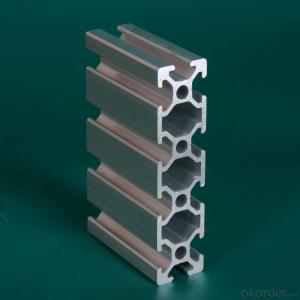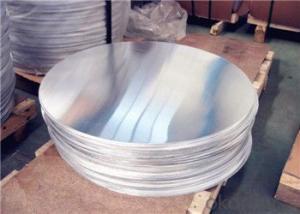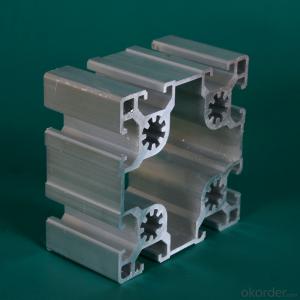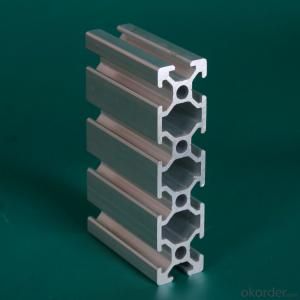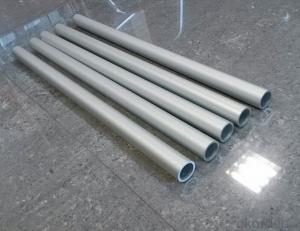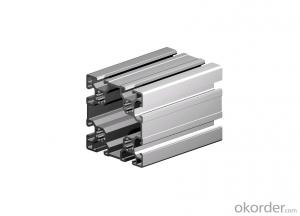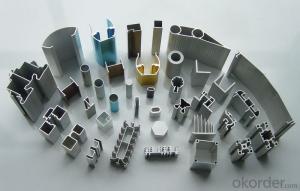Aluminium Curtain Wall
Aluminium Curtain Wall Related Searches
Best Stainless Steel For Knives Primer For Galvanized Steel H S Code For Stainless Steel Wd 40 For Stainless Steel Spray Paint For Stainless Steel Glue For Stainless Steel Stainless Steel For Bbq Step Bit For Stainless Steel Sponge For Stainless Steel Coatings For Stainless SteelHot Searches
Steel Mesh Panels For Sale Price For Stainless Steel Scrap Scrap Price For Stainless Steel Price For Stainless Steel Stainless Steel Tank For Sale Cheap High Tea Sets For Sale Stainless Steel Tanks For Sale Stainless Steel For Sale High Density Fiberboard For Sale Solar Hot Water Collectors For Sale Scaffolding For Sale In Uae Scaffolding For Sale In Ireland Scaffolding For Sale In Houston Type Of Inverter For Solar Price Of Shipping Containers For Sale Types Of Inverter For Solar Stock Price For Aluminum Used Solar Inverter For Sale Portable Led Signs For Sale Used Foam Board Insulation For SaleAluminium Curtain Wall Supplier & Manufacturer from China
Okorder.com is a professional Aluminium Curtain Wall supplier & manufacturer, offers integrated one-stop services including real-time quoting and online cargo tracking. We are funded by CNBM Group, a Fortune 500 enterprise and the largest Aluminium Curtain Wall firm in China.Hot Products
FAQ
- Which price is expensive for aluminum profiles 6063-T6 and 6063-T5?
- Alloy number: China's current general is the United States Aluminum Association "Aluminium Association" number. We giveExamples are as follows: 1070-H14 (pure aluminum)2017-T4 (heat treatment alloy)3004-H32 (non heat treated alloy)
- Yes, aluminum profiles can be used for modular office partitions. Aluminum profiles are lightweight, durable, and have high strength-to-weight ratio, making them an ideal choice for creating modular office partitions. They can be easily fabricated into various shapes and sizes, allowing for customization and flexibility in design. Additionally, aluminum profiles offer excellent corrosion resistance, ensuring long-lasting performance even in high humidity environments. They also provide good thermal and sound insulation properties, contributing to a comfortable and efficient office environment. Overall, aluminum profiles are a popular choice for modular office partitions due to their versatility, durability, and aesthetic appeal.
- Chengdu where to sell aluminum profiles of many businesses?
- This is what I learned on Baidu last year: look, maybe it will help you!Two days ago in the city to find the north gate, Xinshengda profile market have taken a little more, Sammy, the gold house electrical city only one sell Aluminum Alloy, Wanguan electrical didn't go to see, tailor steel city to ask a security guard said little or no 512, no Aluminum Alloy sold, only 512 of the next street there is a Aluminum Alloy sell (416 opposite the hospital).
- Yes, aluminum profiles can be used for partitions and dividers. Aluminum is a lightweight and durable material that can be easily shaped and customized to create partitions and dividers in various settings such as offices, homes, and commercial spaces. It offers aesthetic appeal, versatility, and can be designed to fit different sizes and shapes, making it a popular choice for creating functional and visually appealing divisions within a space.
- Aluminum profiles offer several welding options, each with its own advantages and considerations. The following are the most common methods used: 1. Tungsten Inert Gas (TIG) Welding: TIG welding is widely utilized for aluminum. By using a non-consumable tungsten electrode, it creates a weld while an inert gas shields the area from contamination. TIG welding provides precise control over heat input, resulting in high-quality welds. It is ideal for thin aluminum profiles, giving a clean appearance. However, it can be time-consuming and requires skilled operators. 2. Metal Inert Gas (MIG) Welding: MIG welding, also known as Gas Metal Arc Welding (GMAW), is another popular method for aluminum profiles. It involves a consumable wire electrode that continuously feeds into the weld pool, while an inert gas shield protects the area. MIG welding is faster than TIG welding and suitable for thin and thick aluminum profiles. However, it may produce more spatter and requires proper preparation and selection of shielding gas. 3. Friction Stir Welding (FSW): Friction stir welding is a solid-state joining process that utilizes a rotating tool to generate heat and mechanically stir the aluminum profiles together. FSW is particularly suitable for thick aluminum profiles, offering high joint strength, fatigue resistance, and minimal distortion. However, it necessitates specialized equipment and may not be applicable to all profile shapes. 4. Laser Beam Welding (LBW): Laser beam welding employs a highly concentrated laser beam to melt and join aluminum profiles. It creates a narrow and deep weld with minimal heat input, resulting in low distortion and high welding speeds. LBW is suitable for both thin and thick profiles, but it requires costly equipment and skilled operators. 5. Resistance Spot Welding (RSW): Resistance spot welding utilizes electrical current and pressure to create welds by melting and joining aluminum profiles at specific points. RSW is commonly used for thin aluminum profiles, providing high productivity and repeatability. However, it requires access to both sides of the profiles and may leave visible marks on the surface. To determine the most suitable welding method for your aluminum profile project, it is crucial to consider specific requirements such as profile thickness, joint type, appearance, and production volume. Seeking advice from a welding professional or engineer can ensure the best choice for your specific application.
- Solar panel installations can utilize aluminum profiles, which are favored in construction and engineering due to their lightweight, durability, and resistance to corrosion. These properties make aluminum profiles an ideal material for solar panel installations. Aluminum profiles can be employed to construct robust frames that securely hold solar panels in place. The lightweight nature of aluminum facilitates easy transportation and installation of the panels, reducing overall installation time and cost. Moreover, the corrosion resistance of aluminum ensures that the frames withstand exposure to various weather conditions, making them suitable for both residential and industrial installations. In addition, aluminum profiles can be easily customized and fabricated to meet specific project requirements. They can be extruded into various shapes and sizes, allowing flexibility in designing frames to accommodate different panel dimensions and orientations. Anodizing or powder coating can also be applied to aluminum profiles for added protection against environmental factors and to enhance the installation's aesthetic appeal. To summarize, aluminum profiles are an excellent choice for solar panel installations. Their lightweight nature, durability, resistance to corrosion, and customization options make them suitable for a wide range of applications, ensuring the longevity and efficiency of the solar panel system.
- Yes, aluminum profiles can be used for modular storage systems. Aluminum is a lightweight and durable material that is commonly used in various industries, including storage and shelving systems. Its versatility allows for easy customization and the ability to create modular units that can be easily assembled, disassembled, and reconfigured as needed. Additionally, aluminum profiles provide a sleek and modern aesthetic to storage systems.
- Aluminum profiles possess excellent anti-static properties due to their inherent electrical conductivity. This conductivity allows them to easily dissipate static charges and prevent the accumulation of static electricity. As a result, aluminum profiles are widely used in applications where static electricity can cause damage or pose a safety hazard. These profiles can be found in industries such as electronics, automotive, aerospace, and manufacturing, where they are used for applications such as conveyor systems, protective enclosures, and grounding components. The anti-static properties of aluminum profiles ensure a safe and reliable operation by minimizing the risks associated with static electricity, including electrostatic discharge (ESD) damage, fire hazards, and interference with sensitive electronic equipment.

